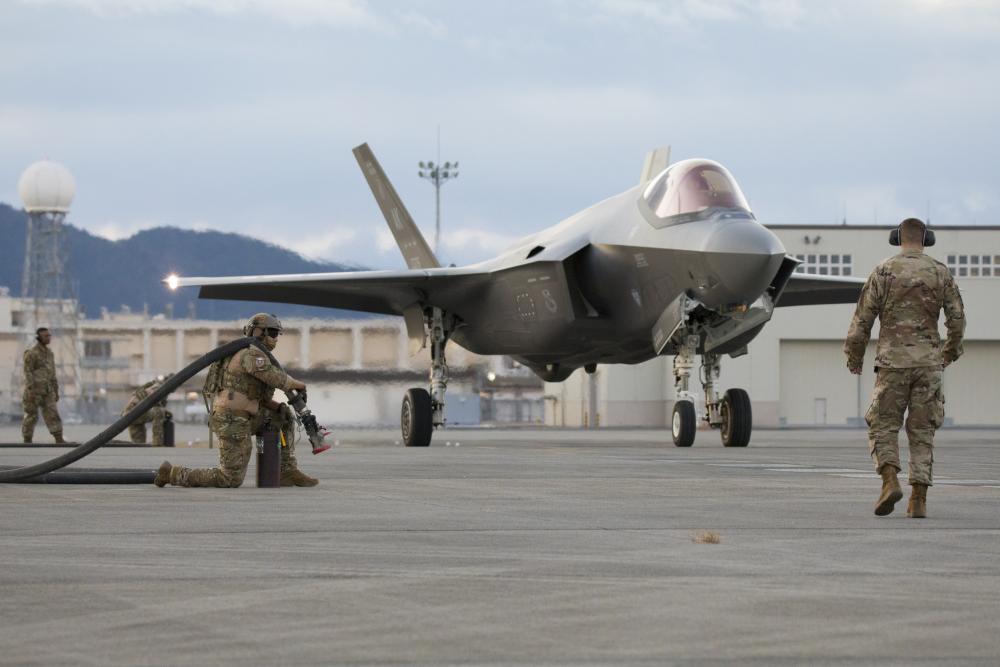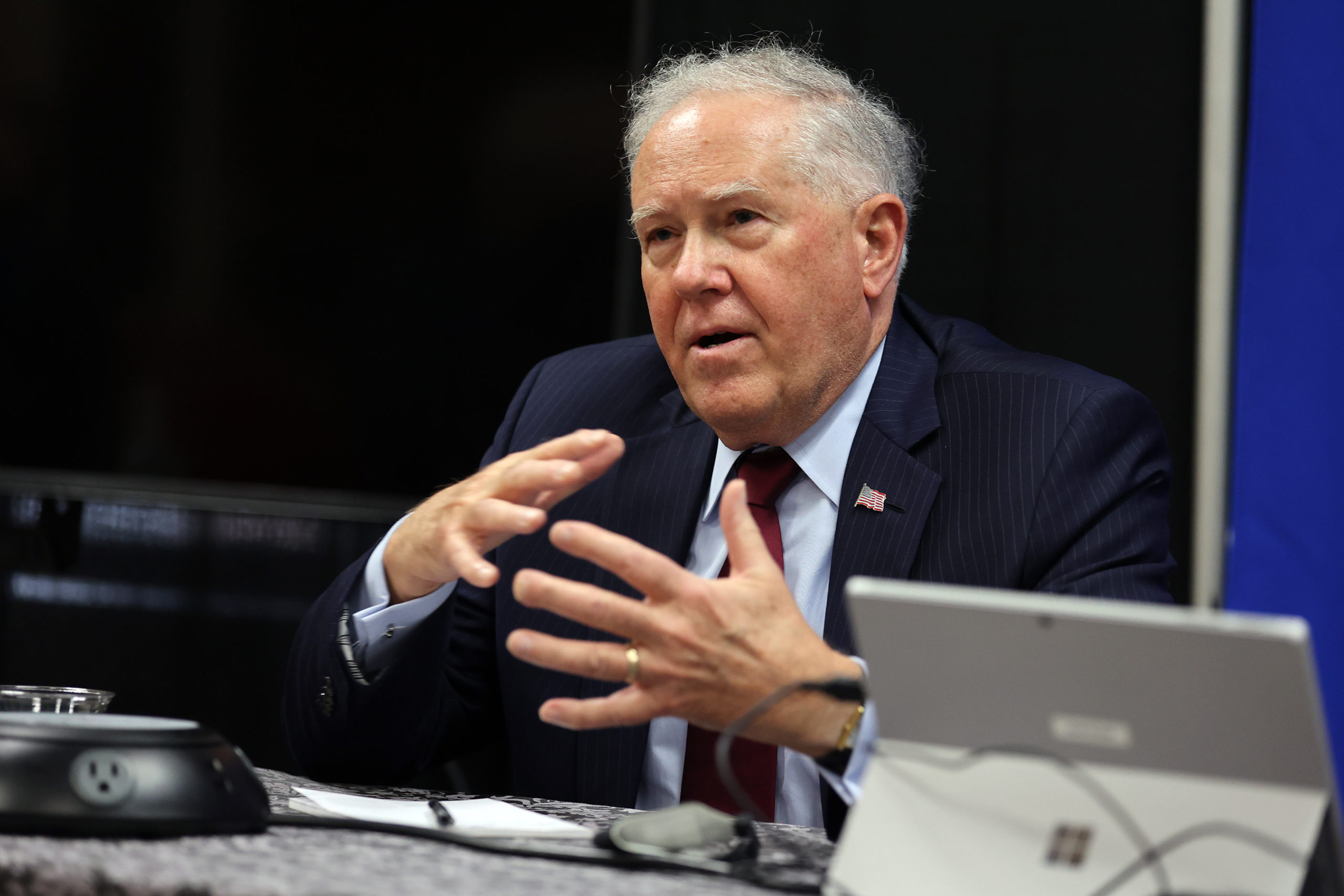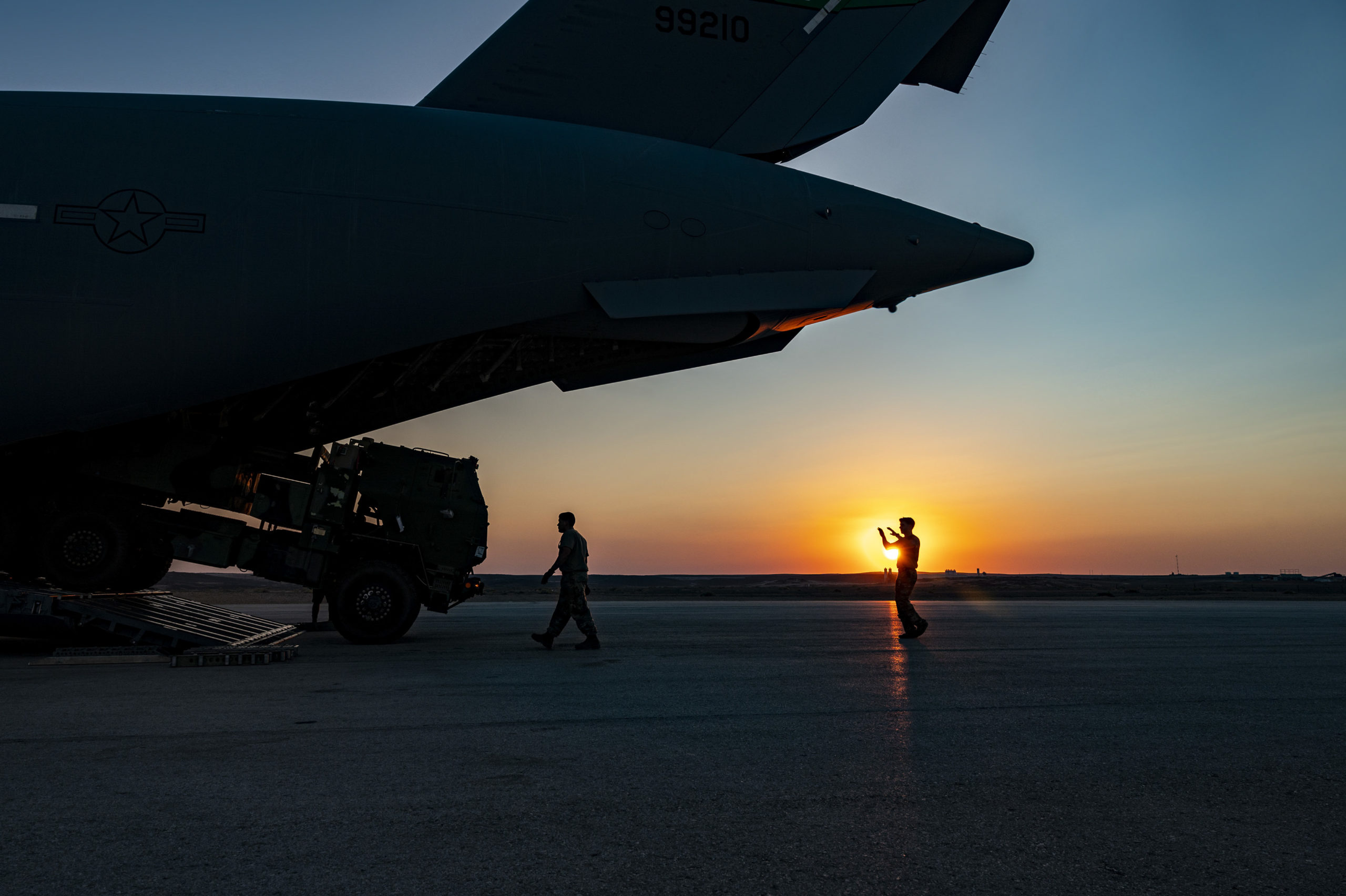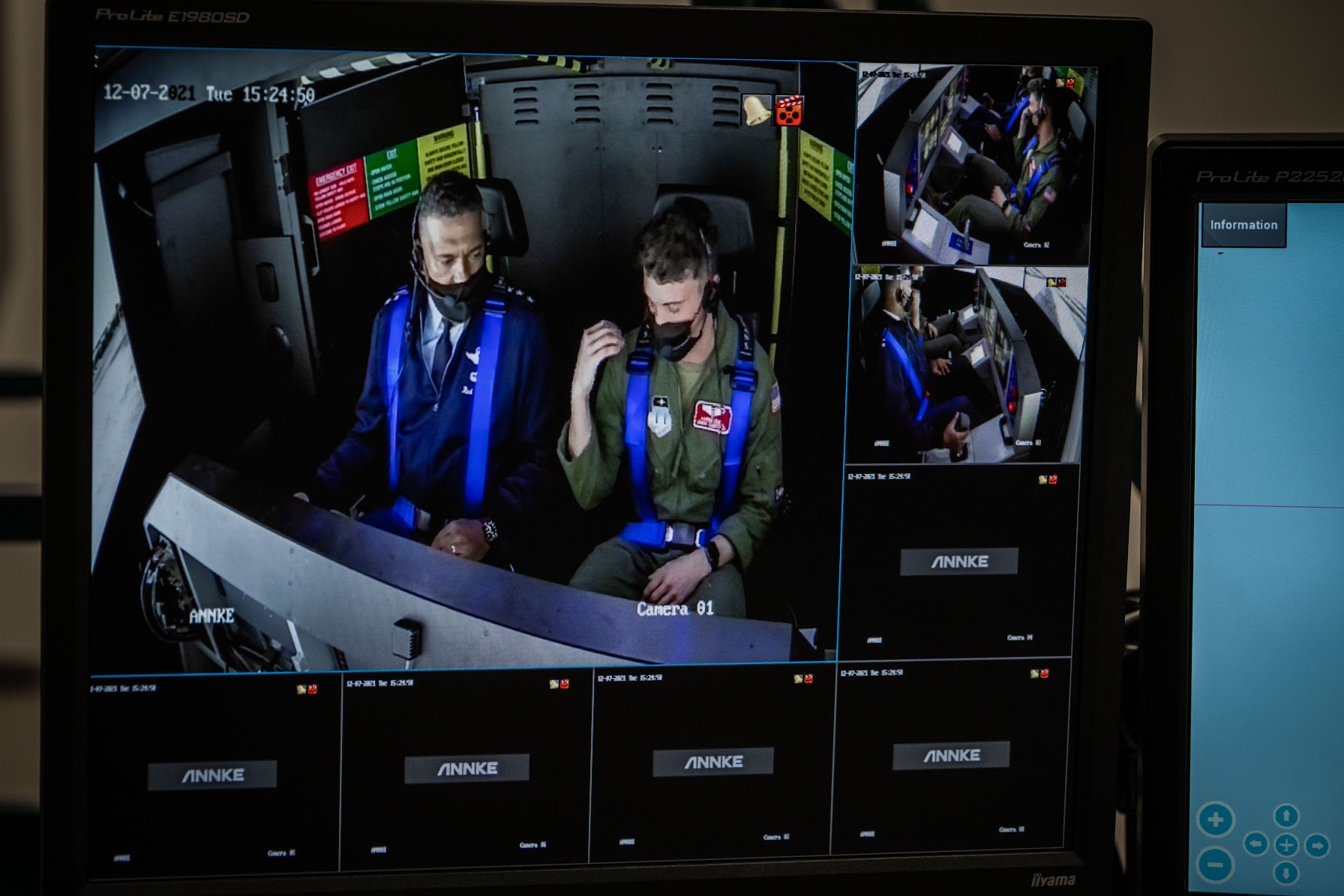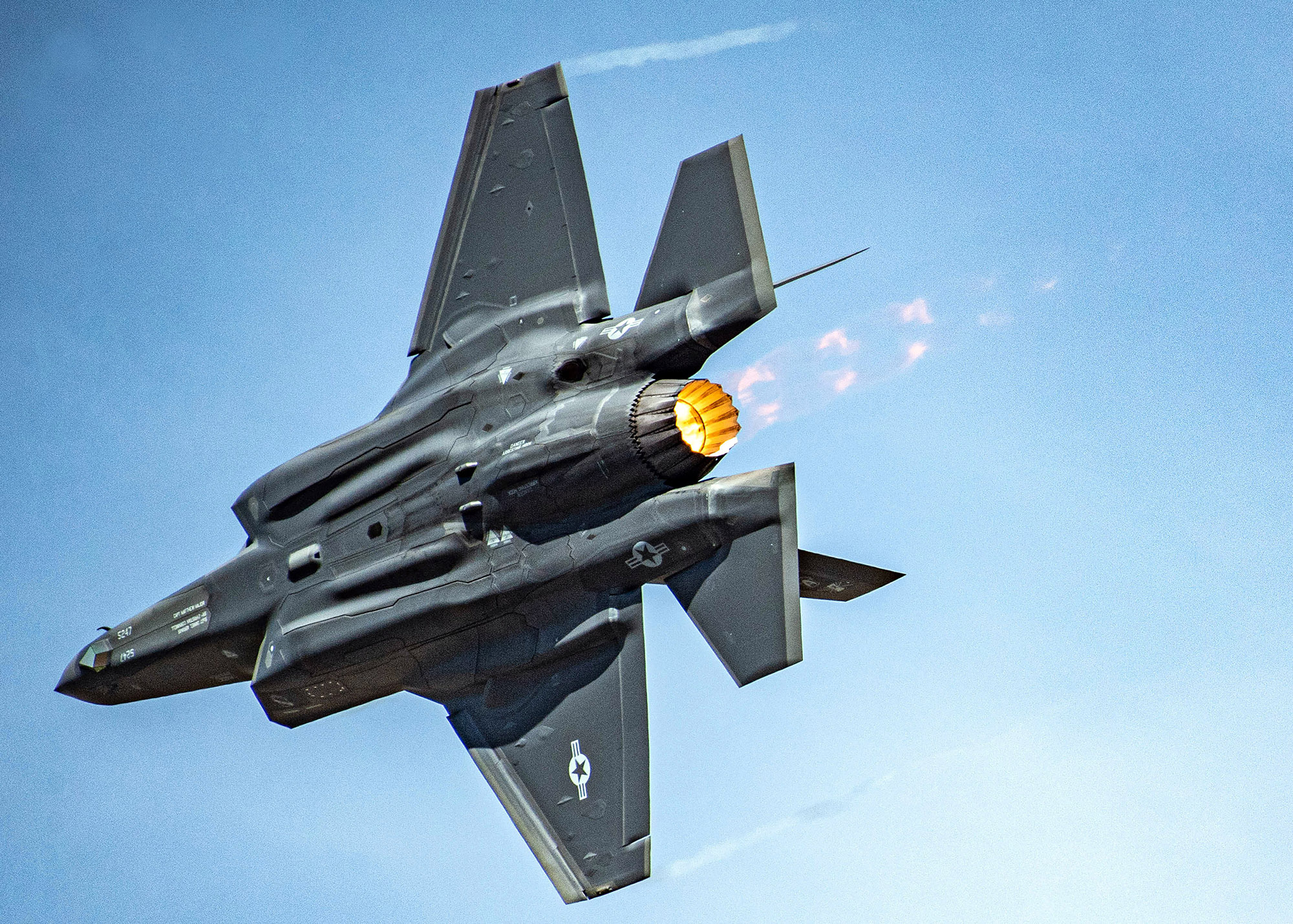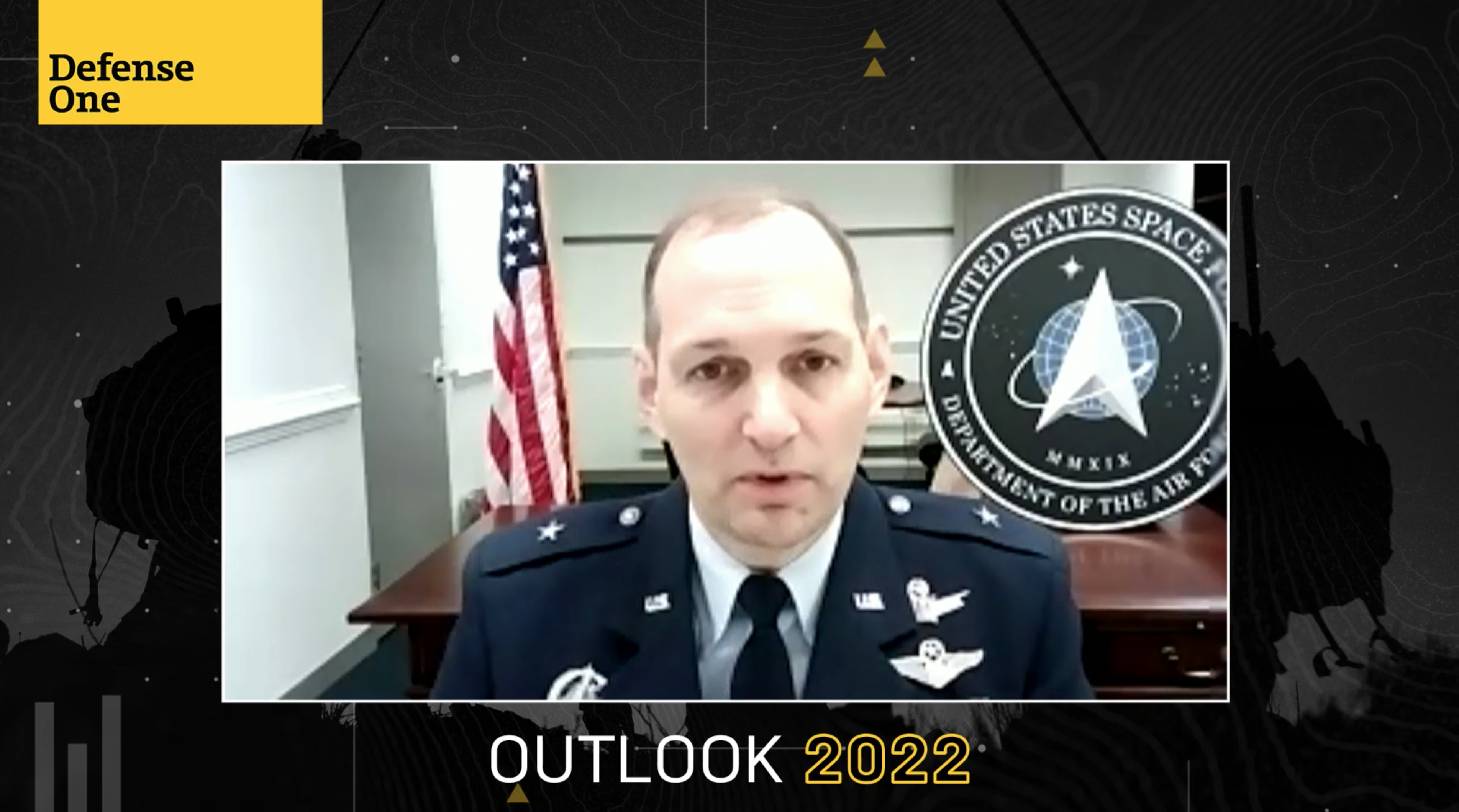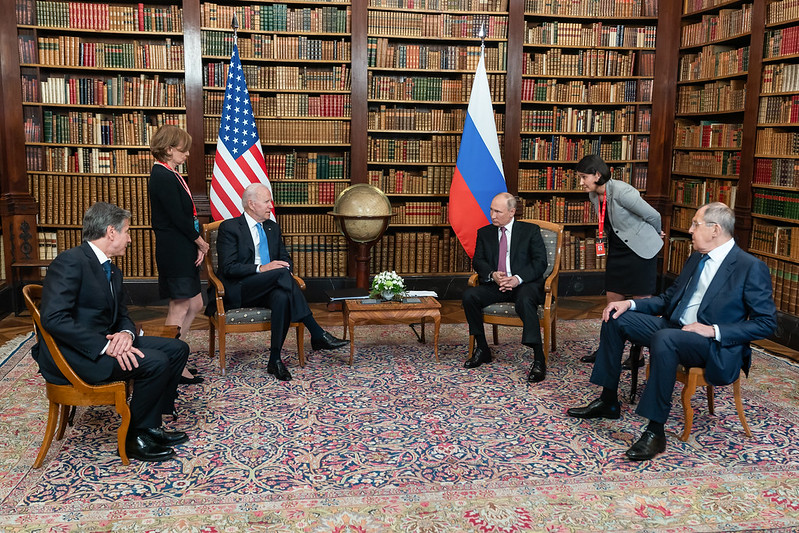Sweeping changes could be in store for the F-35 program starting in 2027, if the latest version of the 2022 National Defense Authorization Act is approved.
The latest draft of the NDAA, passed by the House on Dec. 7 and now awaiting passage in the Senate, calls for transferring “management, planning, and execution” of all F-35 sustainment activities from the Joint Program Office to the respective services by October 2027, followed by the transfer of all acquisition functions by October 2029.
And that’s not all. A separate provision in the NDAA would put pressure on the JPO, the services, and contractors to drive down sustainment costs by threatening the future size of the F-35 fleet.
Variations of these provisions were included in previous drafts of the NDAA passed by the Senate Armed Services Committee and the House, respectively. This latest version represents a compromise bill between the two that was unveiled by leading lawmakers from both chambers on Dec. 7.
The provision to potentially cut back on the F-35 fleet based on sustainment costs was first introduced by House Armed Services Committee chair Rep. Adam Smith (D-Wash.). Initially, Smith called for limiting the number of F-35As the Air Force could maintain starting in October 2026, with the exact number of airframes determined by how much sustainment costs in fiscal 2025 exceed the service’s stated goal of $4.1 million per tail per year.
The latest version of the NDAA tweaks that provision. Instead of starting in 2026, the limitations would not kick in until October 2028. And instead of using the $4.1 million per tail per year figure, the bill would give the Secretary of the Air Force until October 2025 to set a goal for sustainment cost.
That goal cost would then be divided by the actual sustainment cost per tail per year in fiscal 2027, and the resulting number would be multiplied by 1,763—the planned number of F-35As for the Air Force—to determine the size of USAF’s fleet.
In a July 2021 report, the Government Accountability Office found that the Air Force’s 2020 sustainment costs were roughly $7.8 million per tail per year. If that cost were to stay the same and the Air Force Secretary were to keep the goal cost at $4.1 million per tail per year, the fleet would be limited to 927 fighters.
Regardless of how large the fleet winds up being, the NDAA would require the transfer of all sustainment and acquisition activities for the F-35A to the Air Force by the end of the decade. A previous version of this provision included in the Senate Armed Services Committee markup of the bill only touched on the F-35’s sustainment activities.
The provision also calls for the Pentagon to present a plan for carrying out the transition to Congress by Oct. 1, 2022.
What exactly this provision would mean for the Joint Program Office, which has existed in some form for more than two decades, remains unclear. The JPO is the “implementing agency” for F-35 sustainment and follow-on development for seven international partners, and it has signed foreign military sales Letters of Offer and Acceptance with six other partner nations.
And that number is slated to grow—Finland announced Dec. 10 that it will order 64 F-35As in an $11.3 billion deal. The Scandinavian nation joins Switzerland, which said in June that it would buy 36 fighters, though that deal is not finalized.
The NDAA also includes a provision calling for new engines in the current and future F-35 fleet, with installs starting in 2027.
